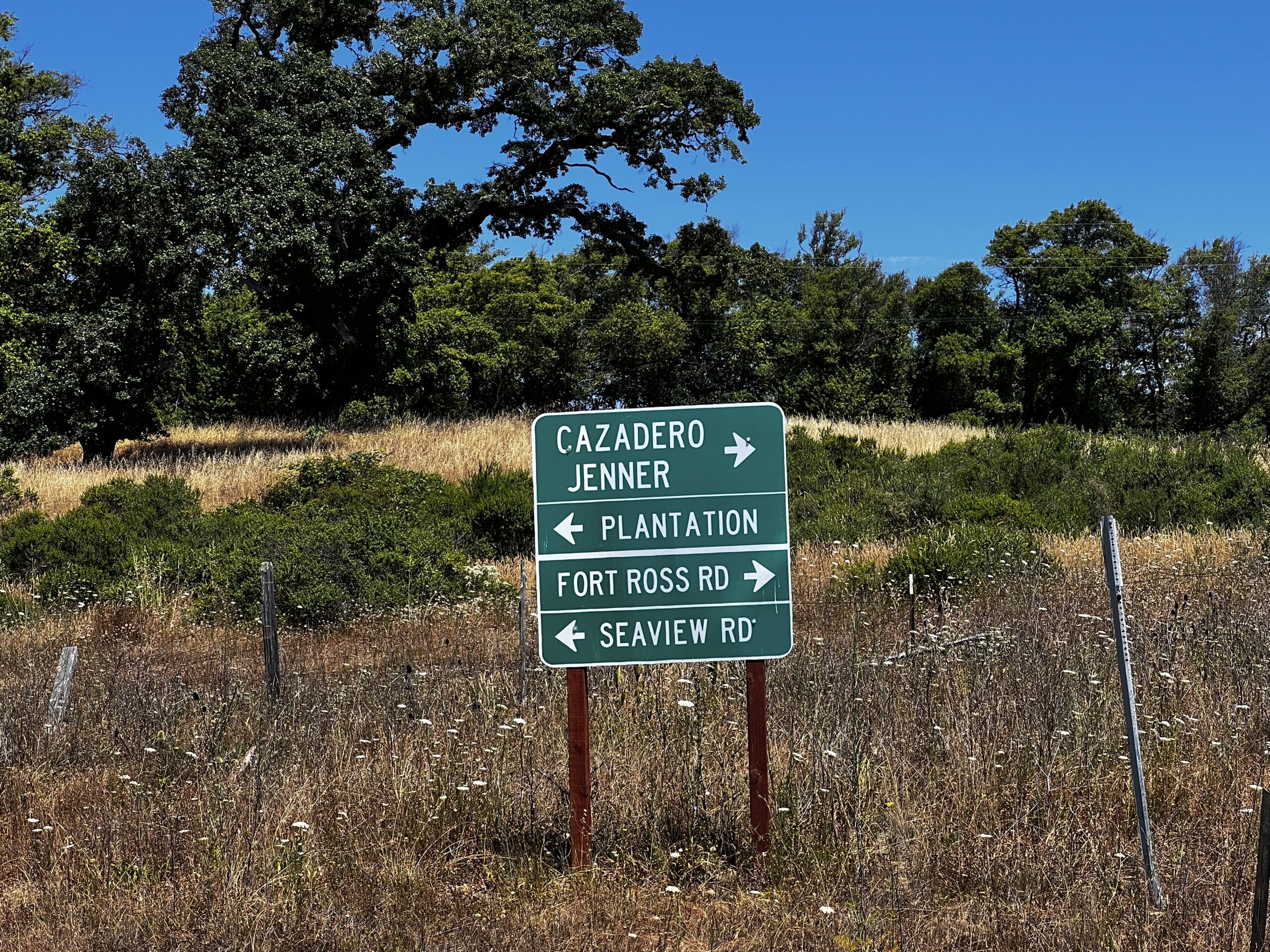Industrial Project at Fort Ross State Historic Park?
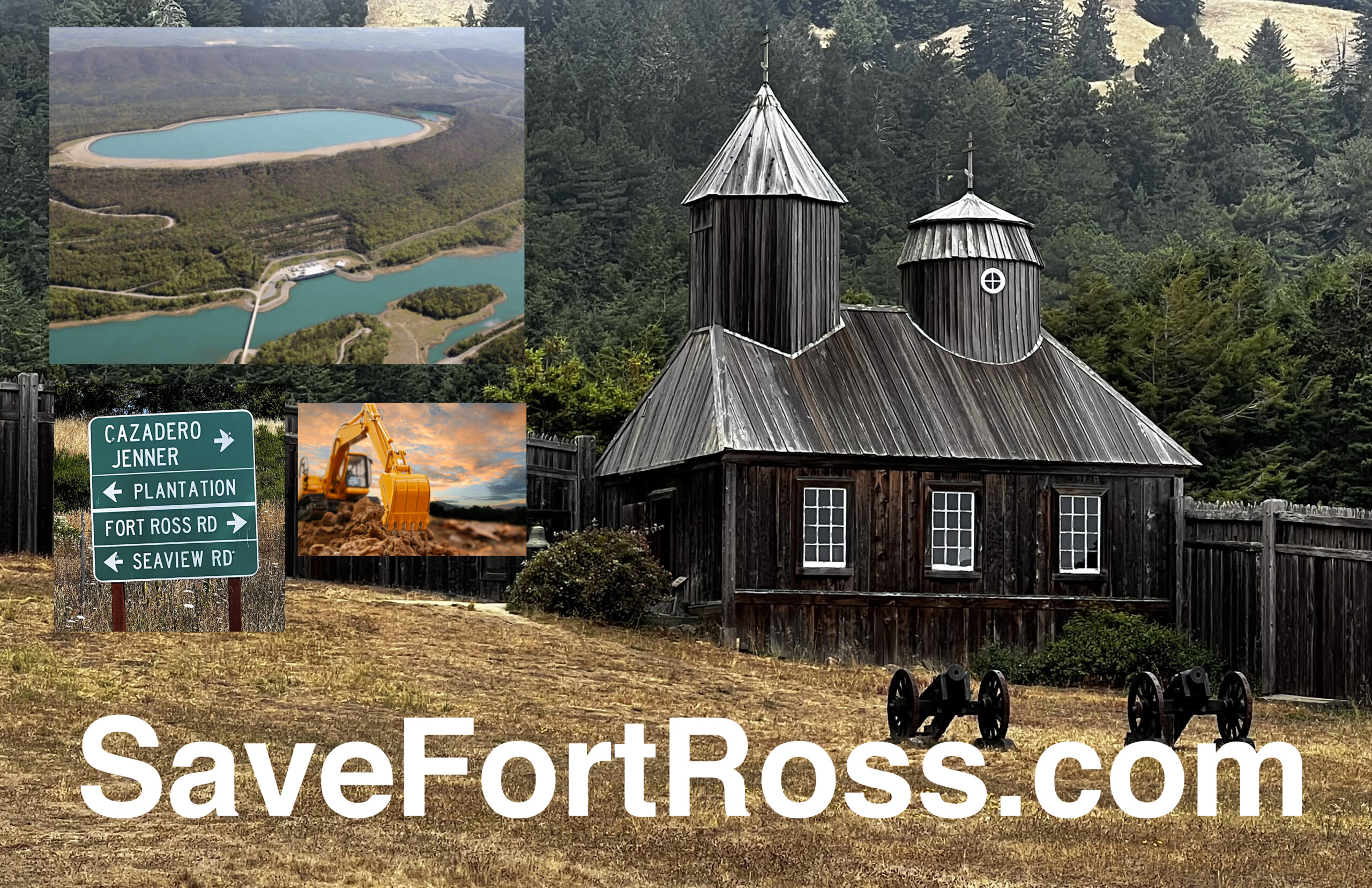
An Alabama corporation wants to construct a major industrial facility involving Fort Ross State Historical Park and the surrounding countryside to pump saltwater from the ocean to the top of Seaview Ridge, store it in a massive reservoir there, and then generate power as the water returns downhill to the ocean. Called a “pumped-storage” installation, this project is currently subject to public comments by the Federal Energy Regulatory Commission (FERC), to be received by August 28, 2023. Comments can be submitted by email or by U.S. Mail.
Friends of the Jenner Creek will be hosting a Community Workshop on the Fort Ross proposal on:
Thursday, August 17
Starting at 7 pm
at the Jenner Community Center
What’s involved?
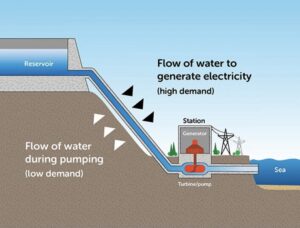
A new rock breakwater would need to be built within the Greater Farallones National Marine Sanctuary to surround a large seawater intake and an ocean outfall discharging the spent tailwater into nearshore waters. Since the local power grid is inadequate to power the large pumps being proposed, a high-voltage subsea power cable would likely need to be brought ashore at Fort Ross from a distant source, potentially from floating offshore wind-power arrays being planned near Humboldt Bay.
The proposed project would not generate “new” energy, but instead would operate at a net loss of energy, serving only to time energy generation for times of high demand. Because the rural power grid is currently adequate to serving only the area’s existing local residents, new high-voltage overhead powerlines originating from this installation would need to be constructed through the inland hills to urban load centers elsewhere.
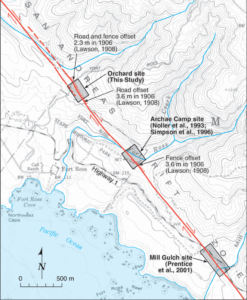
Longstanding protections for our National Marine Sanctuary presently preclude any of the project’s ocean-related elements, so either an exemption for this project would have to be granted, or else federal laws preserving our coastline would need to be amended. The applicant neglected to even notify Kashia Tribal interests or the County of Sonoma.
Shockingly, the permit applicant seems unaware that the San Andreas Earthquake Fault comes ashore right at this location. Lateral ground displacement at Fort Ross in the 1906 quake was 12.5 feet or greater, and evidence of vertical ground ruptures is still visible, so any repeat of similar ground movement could be expected to jeopardize important components of the proposed project. It is well known that the Gualala River follows this active fault zone for part of its course.
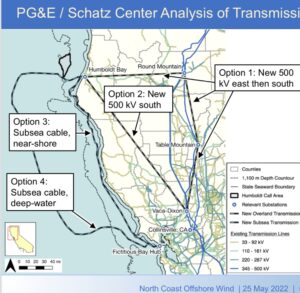
Fragile salmonid fry and other marine life would be trapped in the project’s seawater intakes, while discharges exiting the plant would have elevated temperature and modified dissolved oxygen content. Harmful algal blooms in the waters of the inland storage reservoir would be likely, with their discharge then altering intertidal and nearshore ecosystems for an undetermined distance along the northwestern Sonoma Coast. A saltwater reservoir 1,500 feet above sea level on Seaview Ridge also raises concerns about saline leakage into the fragile groundwater aquifers feeding local springs, domestic wells, and waterways.
Pre-pandemic, Fort Ross often attracted 150,000 visitors each year, making this destination a major contributor to our clean-coast regional economy. Visitor numbers can be expected to return to that level, and tens-of-millions of dollars in taxpayer dollars have been spent in site improvements at the Fort itself and on sustainable management of the surrounding 3,000 acres of our state park.
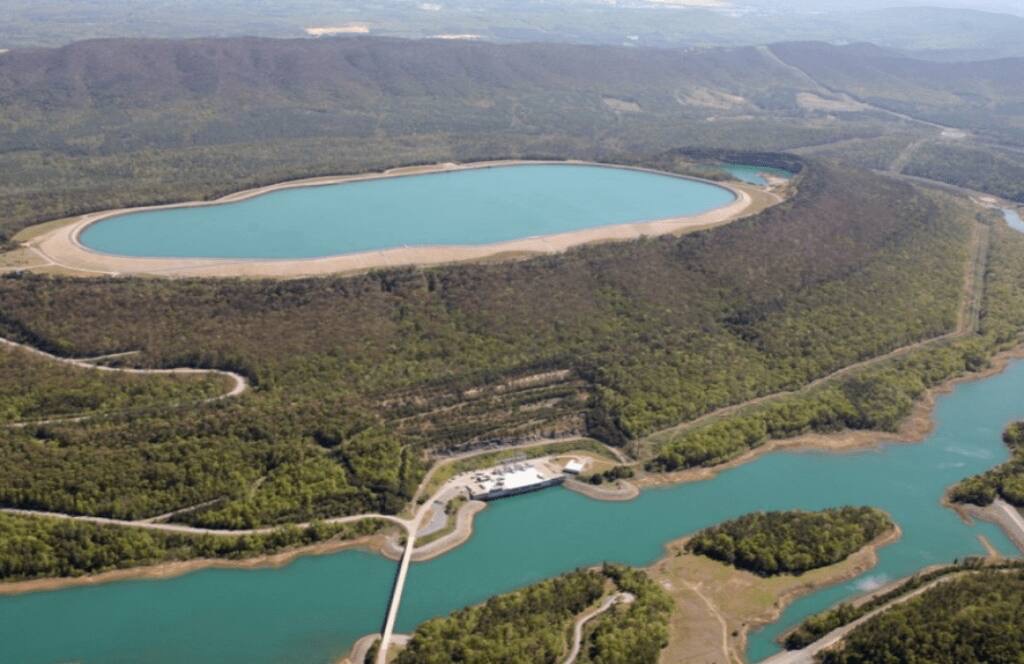
What you can do:
If you have questions or concerns about this industrial project and its impact on private property, our public parklands, and the area’s environment, please direct comments of up to 6,000 characters to FERC before August 28, 2023, mentioning “P-15287”, via email sent from this link https://ferconline.ferc.gov/QuickComment.aspx
Written comments of any length may also be sent by U.S. Mail to Kimberly D. Bose, Secretary, Federal Energy Regulatory Commission, 888 First Street NE, Room 1A, Washington, DC 20426 to arrive before August 28, 2023.
